Project description
VISIRIA 4.0 is an innovative project that aims to revolutionize industrial manufacturing by developing advanced photonic technologies for artificial vision. Our goal is to enhance the competitiveness of Industry 4.0 by implementing zero-defect manufacturing strategies.
The project focuses on developing a pioneering artificial vision system that combines high-resolution sensors in the visible and infrared ranges, suitable LED lighting, and artificial intelligence algorithms for real-time, efficient image processing. This technology will enable early defect detection, process optimization, and failure prediction in industrial production.
VISIRIA 4.0 represents a qualitative leap in applying photonics to industrial processes, offering affordable and efficient solutions for critical sectors such as the textile and plastic injection industries. Our project directly contributes to the mission of boosting the Spanish industry in the 4.0 industrial revolution, promoting automation, quality, and energy efficiency.
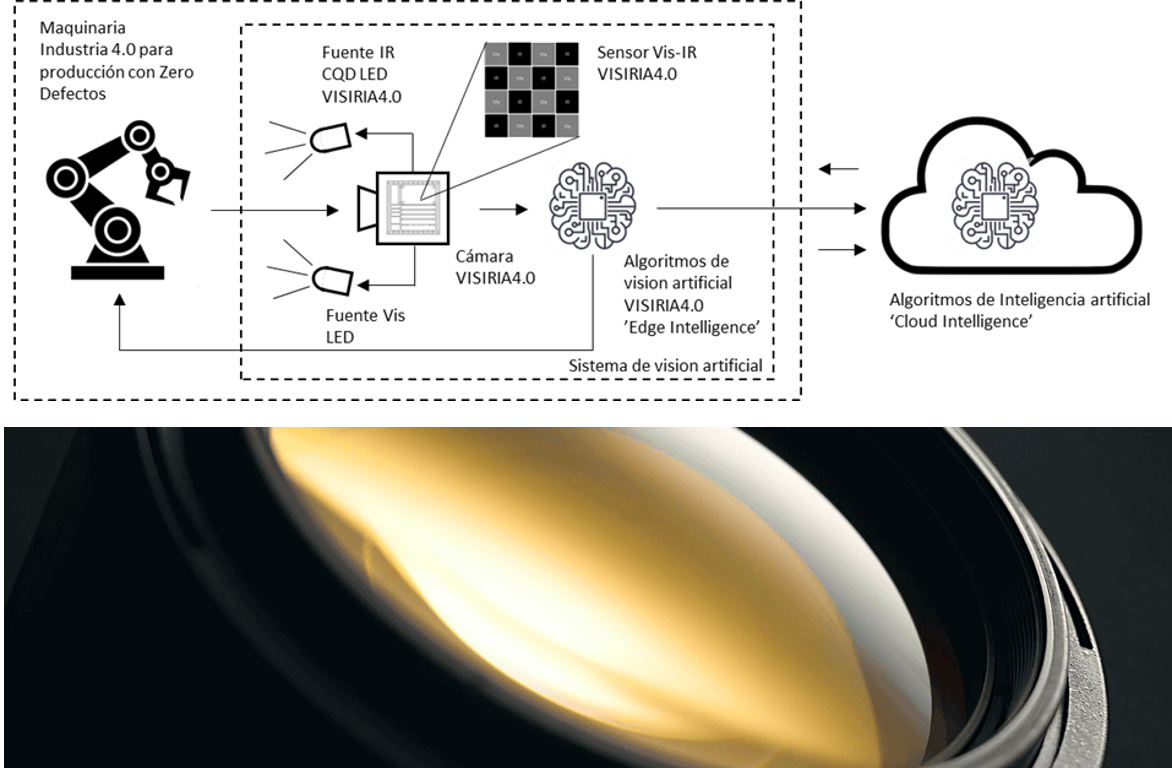
Objectives
1. Development of Advanced Photonic Technologies for Industry 4.0
The main objective of VISIRIA 4.0 is to create an advanced and affordable, wide-spectrum, artificial vision system that significantly improves industrial processes’ defect detection and quality control. To achieve this, we have set the following specific objectives:
1.1 High-Performance VIS-IR Sensor
Develop an innovative sensor operating in the 400 to 1700 nm spectral range, combining detection in the visible and infrared spectrum. This sensor will offer low read noise (<10 e-) and significantly lower costs than current market solutions.
1.2 Compact and Versatile Camera
Integrate the sensor into a compact camera (30×40 mm) with adapted optics, facilitating its incorporation into industrial production systems. This camera will provide visual and compositional information, covering a wide spectral range without requiring multiple devices.
1.3 Optimized LED Lighting System
Research and develop a SWIR LED light emission system based on quantum dot technology, providing efficient and affordable illumination to complement the camera’s capabilities.
1.4 AI Algorithms for Image Processing
Create advanced artificial intelligence algorithms for real-time image processing and analysis, improving sharpness, contrast, and defect detection capabilities.
2. Promotion of Zero-Defect Manufacturing
VISIRIA 4.0 aims to revolutionize quality control processes in the industry by enabling:
- Early detection of defects not visible to the human eye.
- Continuous and real-time monitoring of 100% of production.
- Implementation of predictive strategies to anticipate and prevent failures.
- Significant reduction of waste and scraps in production.
3. Improvement of Industrial Competitiveness
The project aims to strengthen the competitive position of the Spanish industry by:
- Reducing production costs and optimizing resources.
- Increasing energy efficiency in industrial processes.
- Improving the quality of the final product.
- Promoting innovation and the adoption of advanced technologies in traditional sectors.
- Creating and manufacturing key enabling technologies in Spain and the EU.
4. Validation in Industrial Use Cases
VISIRIA 4.0 will demonstrate its potential in two key sectors
4.1 Knitted Textile Manufacturing Industry:
- Objective: Reduce scraps from the current 5% to less than 1%.
- Expected Impact: Potential savings of up to 300 million euros annually worldwide.
4.2 Silicone Mold Plastic Injection:
- Objective: Decrease product rejection from the current 15% to less than 1%.
- Expected Impact: Significant reduction of losses per machine (currently between 20-50K€ annually).


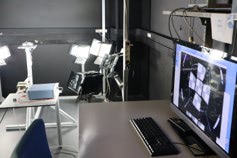
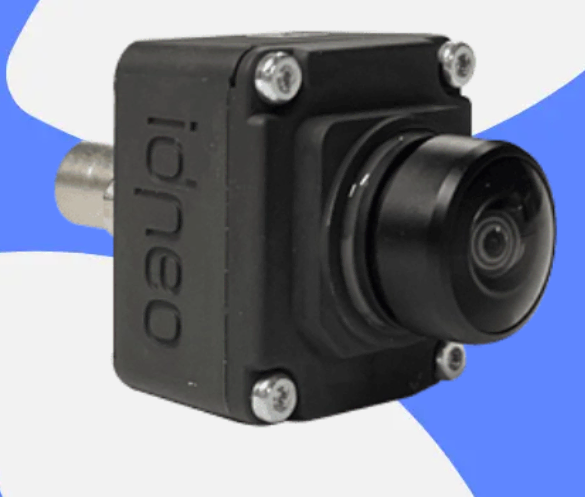
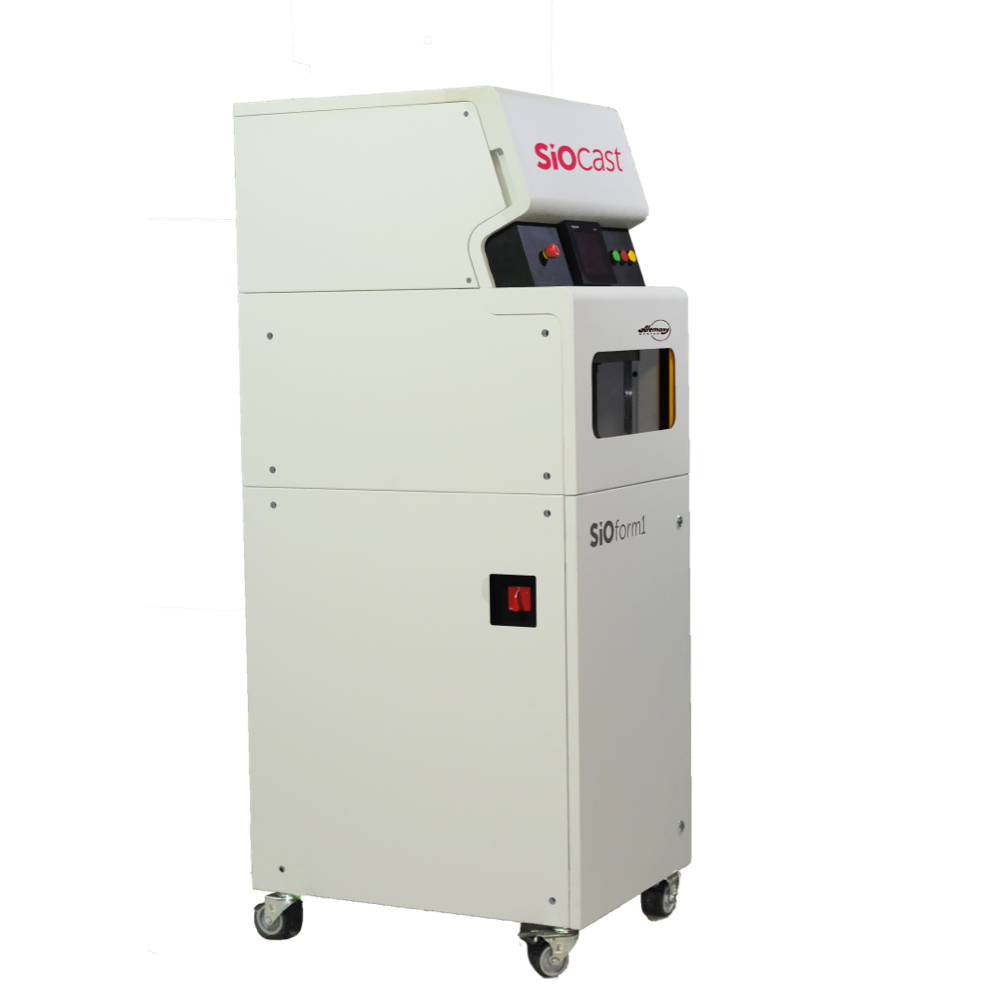
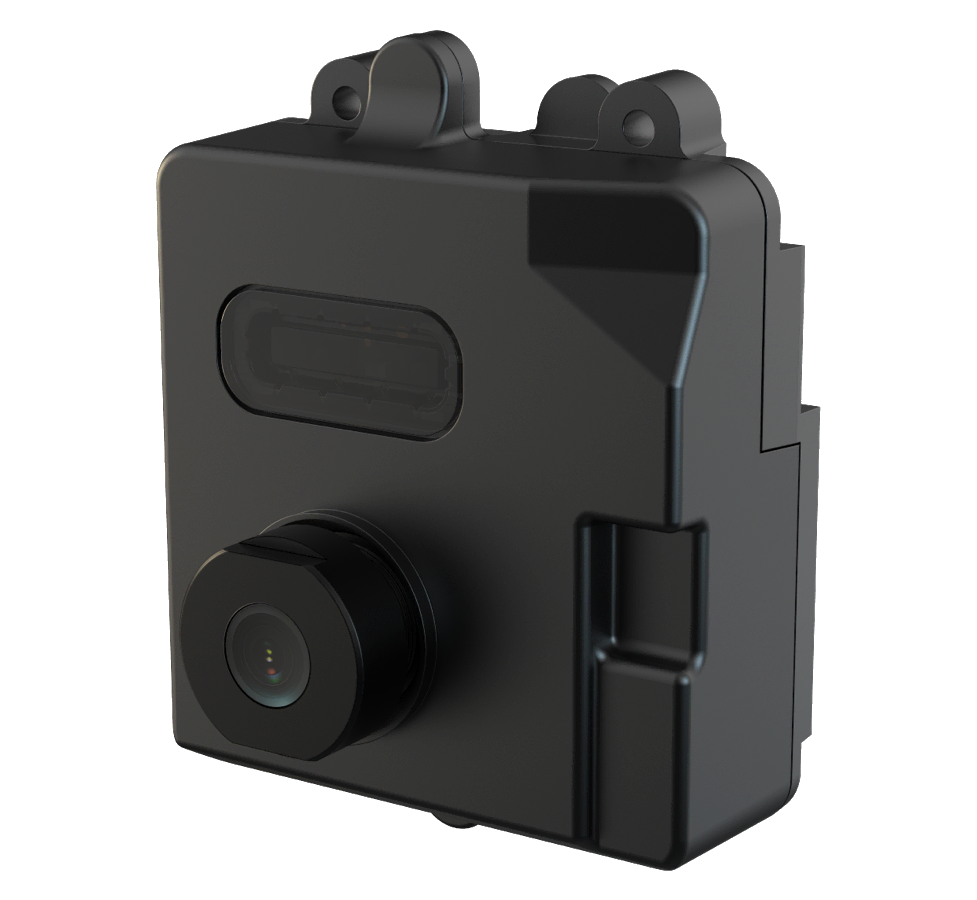
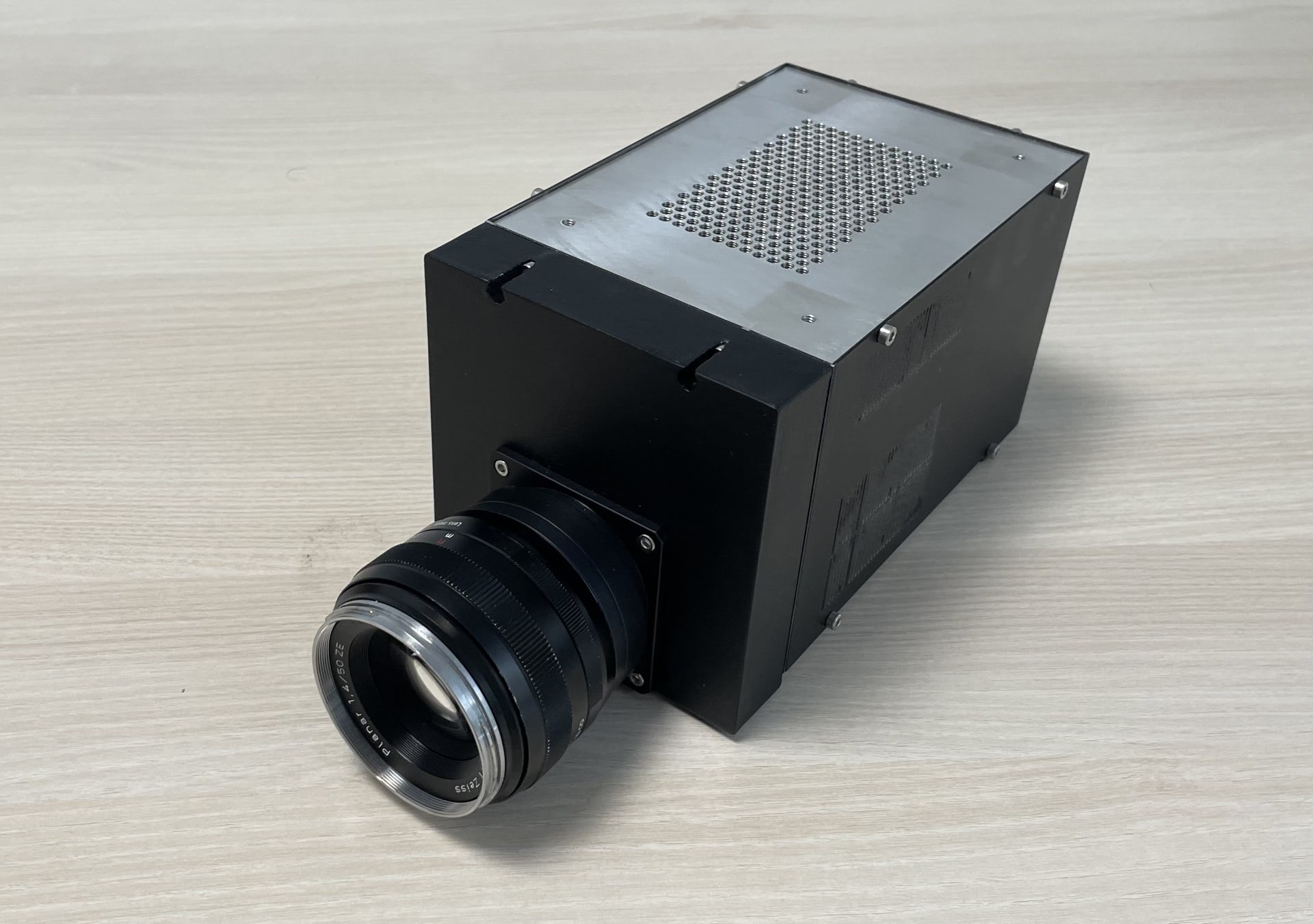
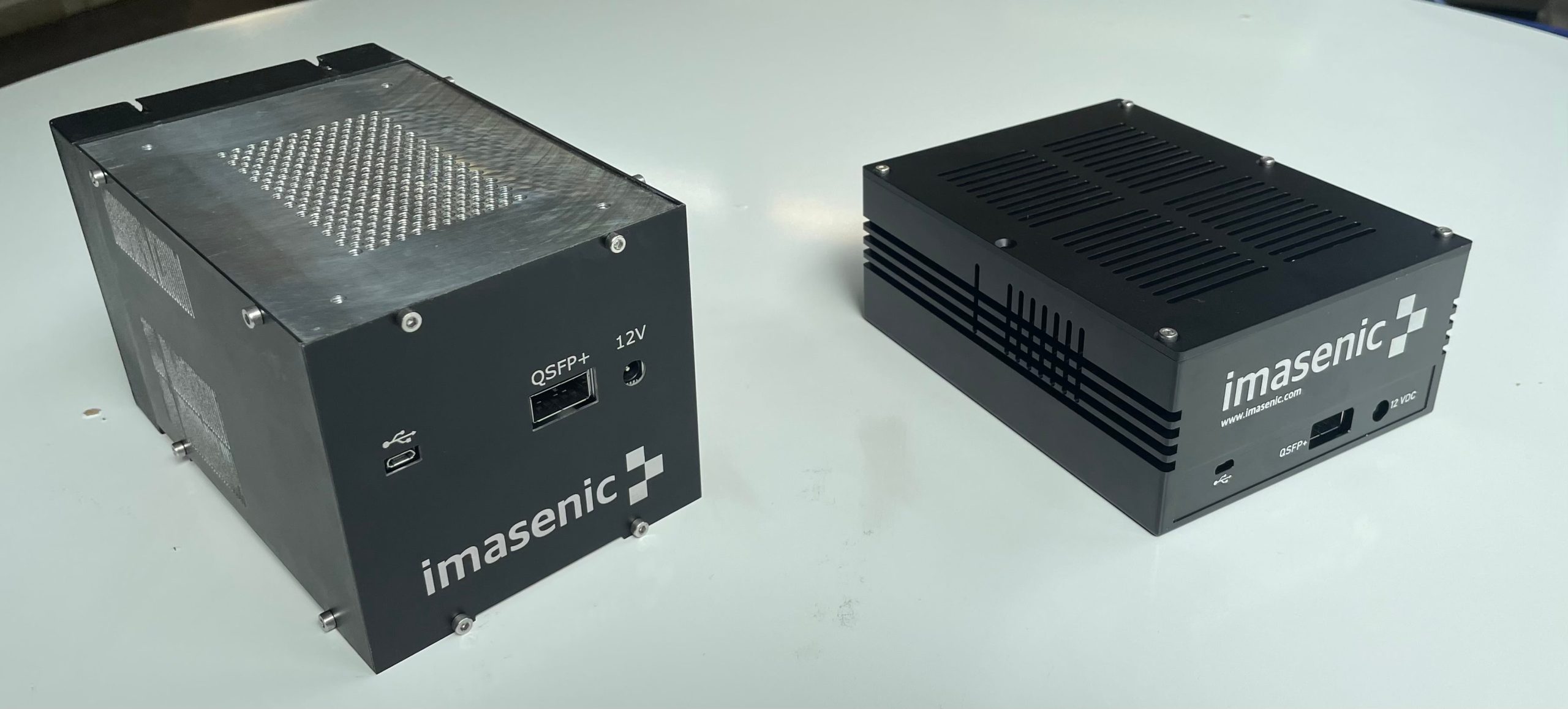
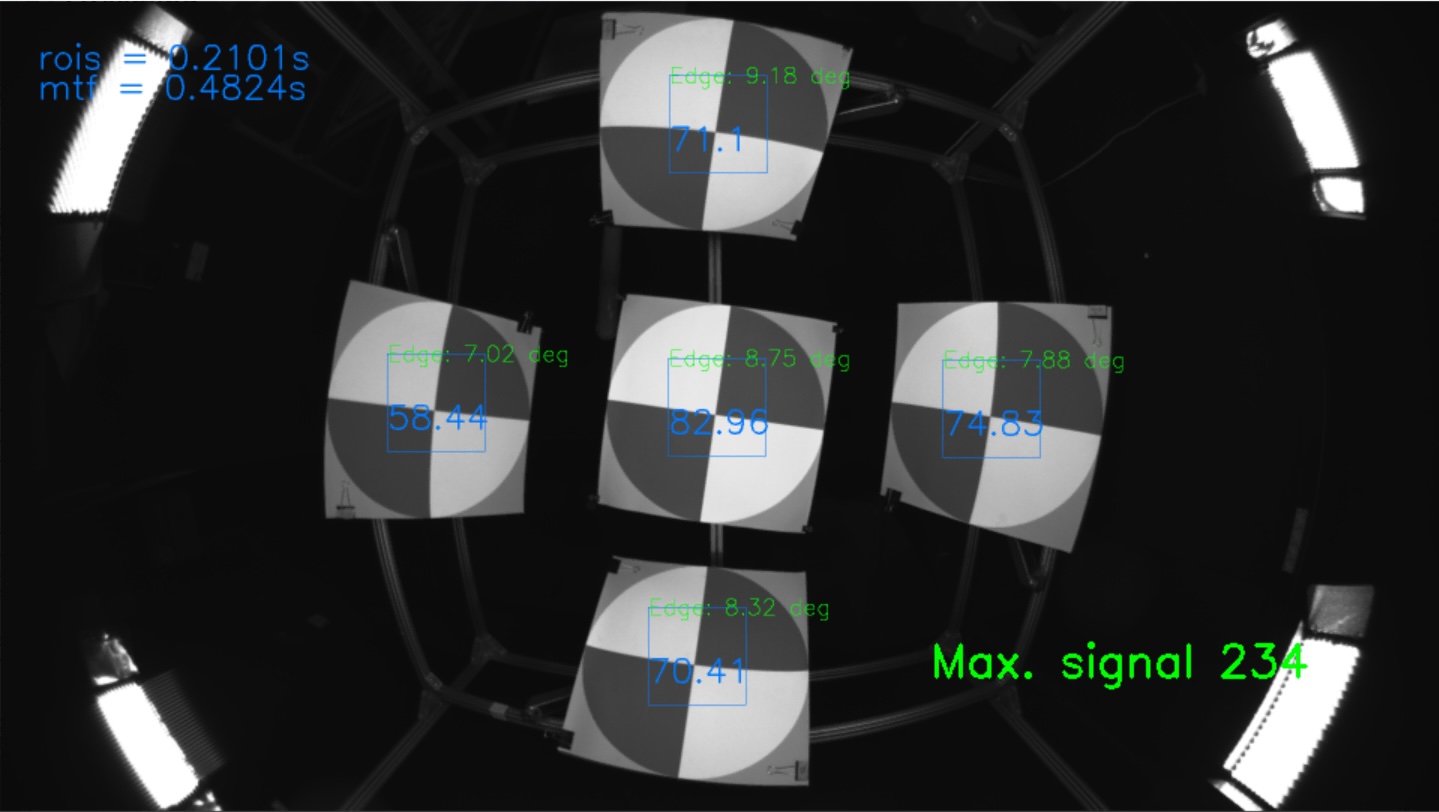

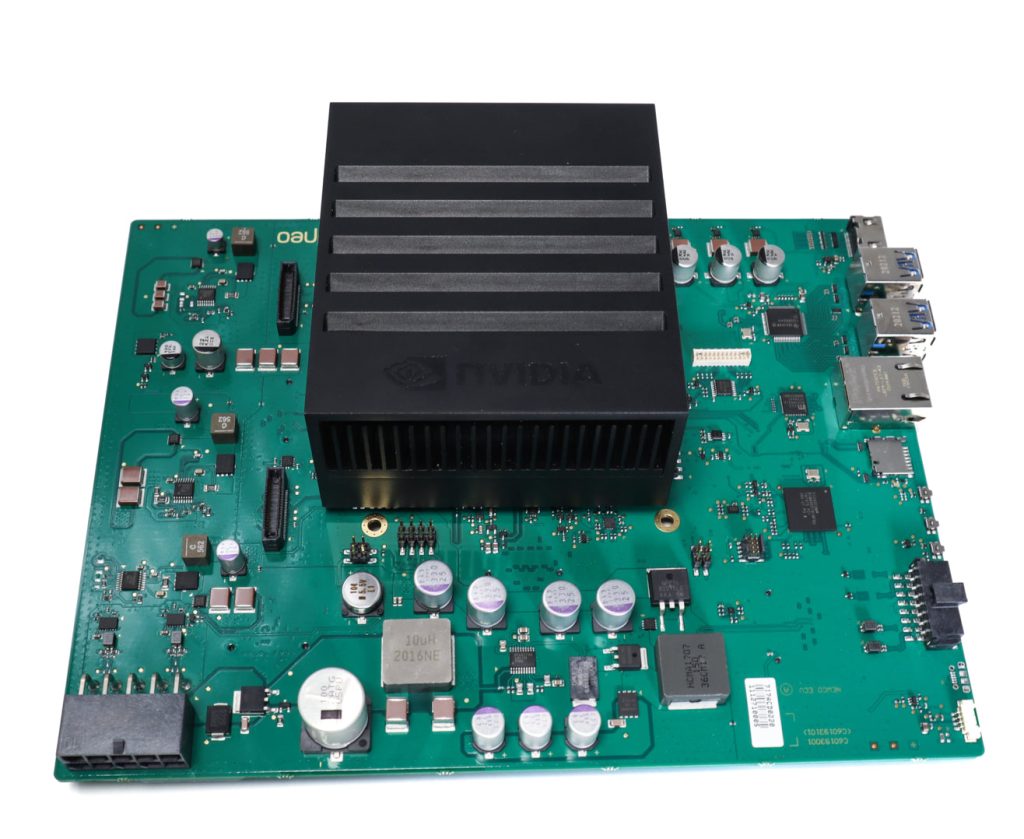
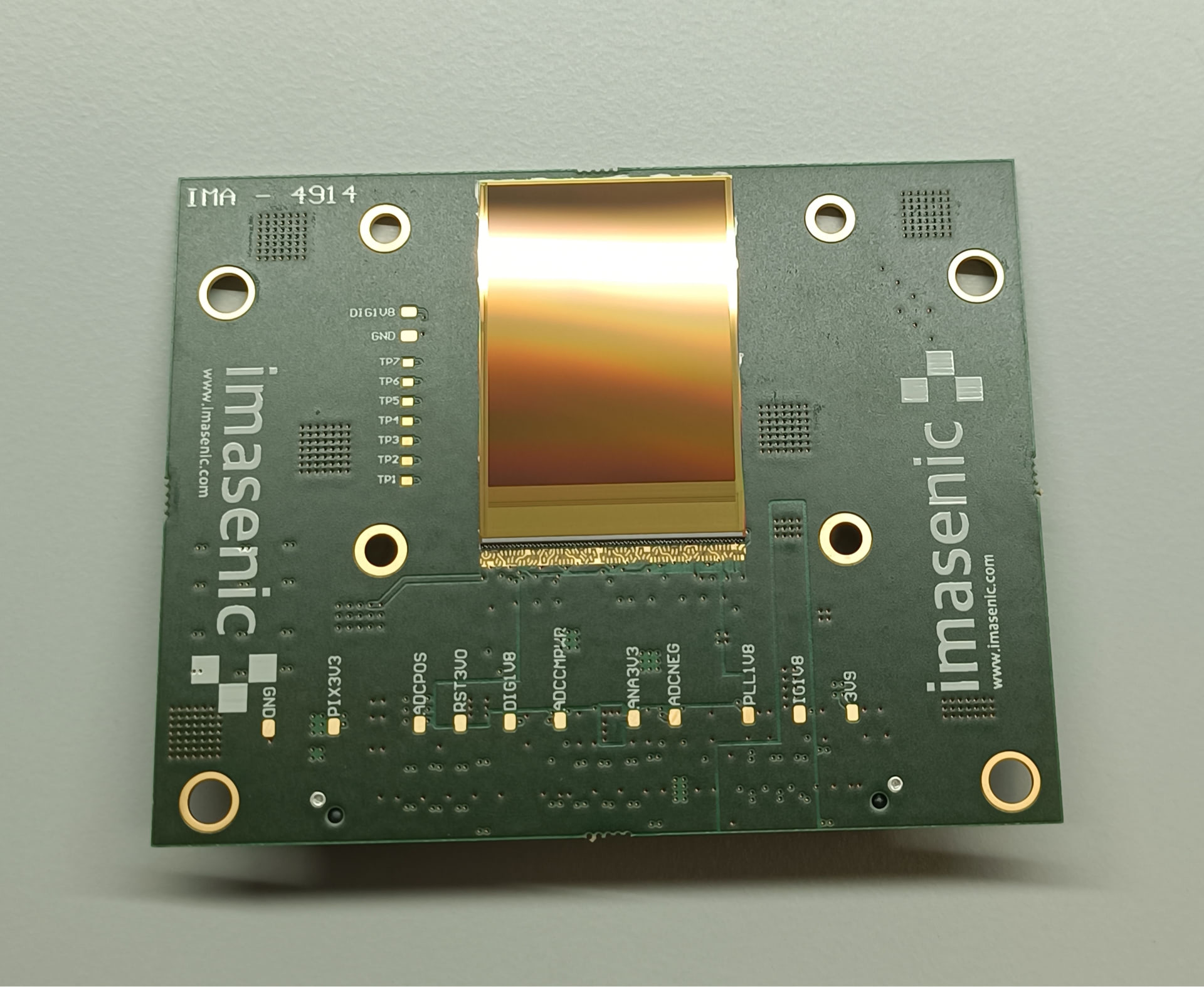
Key Project Data
Full Name
VISIRA 4.0 Research in Photonic Technologies (VIS-IR) of Artificial Vision Aimed at Competitive Improvement of Industry 4.0 through Zero-Defect Manufacturing.
Funding
3.4M€
Duration
32 months
Coordinator
Idneo
Number of Partners
4
Application Sectors
Textile industry and plastic injection (main use cases).
Key Technologies
Photonics, Quantum Dots, artificial vision, artificial intelligence, SWIR detectors, chips, microelectronics, advanced image sensors, LED lighting.